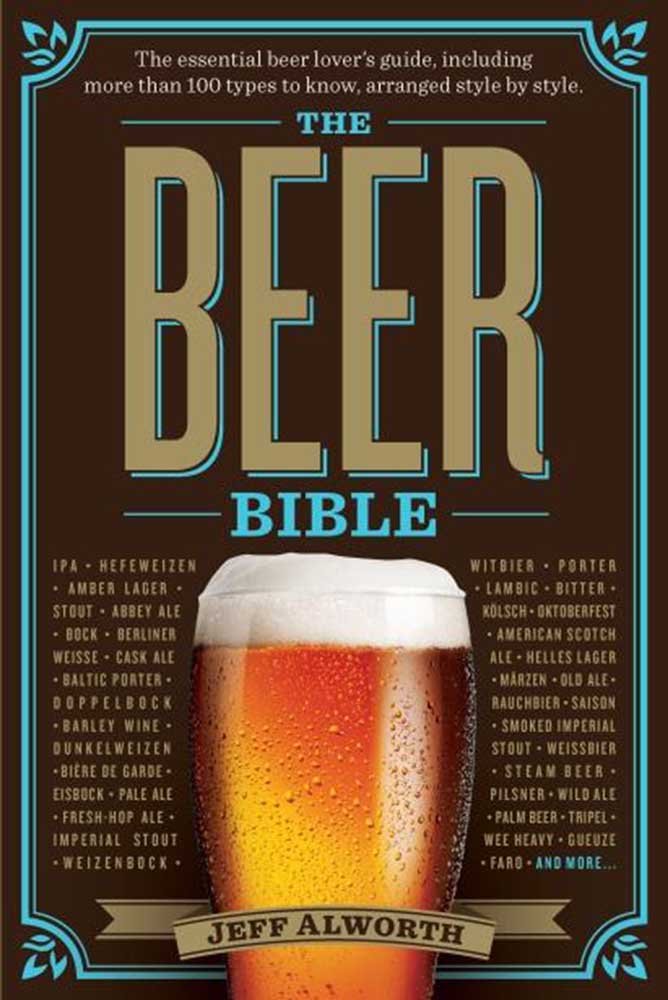All there is to know about beer
Published 12:00 am Sunday, September 13, 2015

- "The Beer Bible" is an accessible history of and theory behind the suds we imbibe today. (Photo courtesy Workman Publishing/TNS)
“The Beer Bible” by Jeff Alworth (Workman, 656 pages, $19.95)
It is thought that beer was created when an early human left a damp bowl of grains forgotten in a corner. The grains fermented and mingled with naturally available yeast, a drinkable spirit was produced, and it beat the heck out of chewing on damp cattails after a hard day of foraging. It was called gruel-beer, and it was considered pretty good — for the time, which was around 10,000 B.C.
The Sumerians and Egyptians took things from there, as did Celtic inhabitants of Scotland, people living on the banks of China’s Yellow River, and so on. Essentially, wherever there were abundant grains, there were people; and once people found they could make beer, as well as bread from those grains, they were off to the races, civilization-wise. Beer was easy to make and it made hard work a little easier. Once brewers came to harness the power of the simple recipe of malted grain, water and yeast, and the ways to keep it stable so they could share it beyond the humble home brewery, humanity was awash in choice.
For some, it might be too much choice. The labels, the types and the flavors can be inscrutable; you wonder if it’s appropriate to talk about a wort in public. You don’t want to have to join an Illuminati-like society to understand good beer. You’ll stick to the same porter you’ve been drinking since 1992, thank you, although you have no idea if there are any other kinds you might like, let alone explain why you drink it.
Portlander Jeff Alworth spent two years traveling and tasting, at more than 50 breweries, to produce “The Beer Bible.” It’s more than history and chemistry. It’s a comprehensive trip through the intertwined history and culture of beer and humans. Each has influenced the other.
Along with the necessary basics regarding how the major kinds of beers are made and why, Alworth shows readers how to decipher a beer label, taste beer like an expert, pair beer with food and serve it in the right glassware.
The chapters on the types of beer — ales, wheat beers, lagers and tart/wild ales — unravel the mysteries behind pub menus, so a reader can order with confidence among the pale ales, cask ales, India pale ales (IPA) or British IPAs. Alworth also introduces readers to prominent breweries of each type of beer and provides “The beers to know” of each.
“Though there’s a huge amount you can learn about beer, the principal experience should be pleasure,” Alworth writes, and his readers will raise a glass to that.






